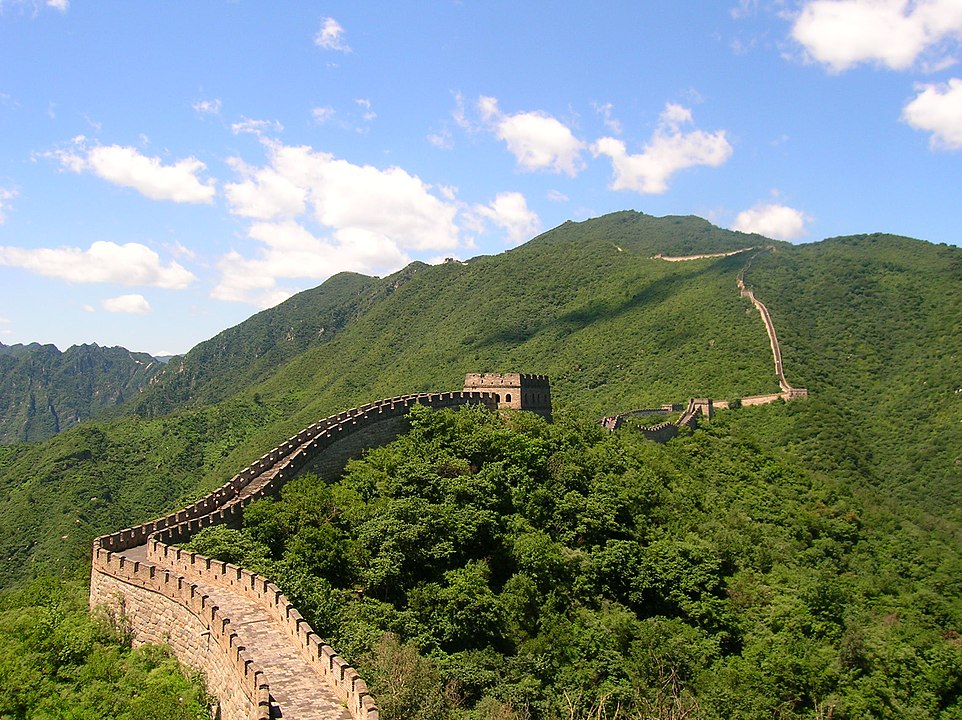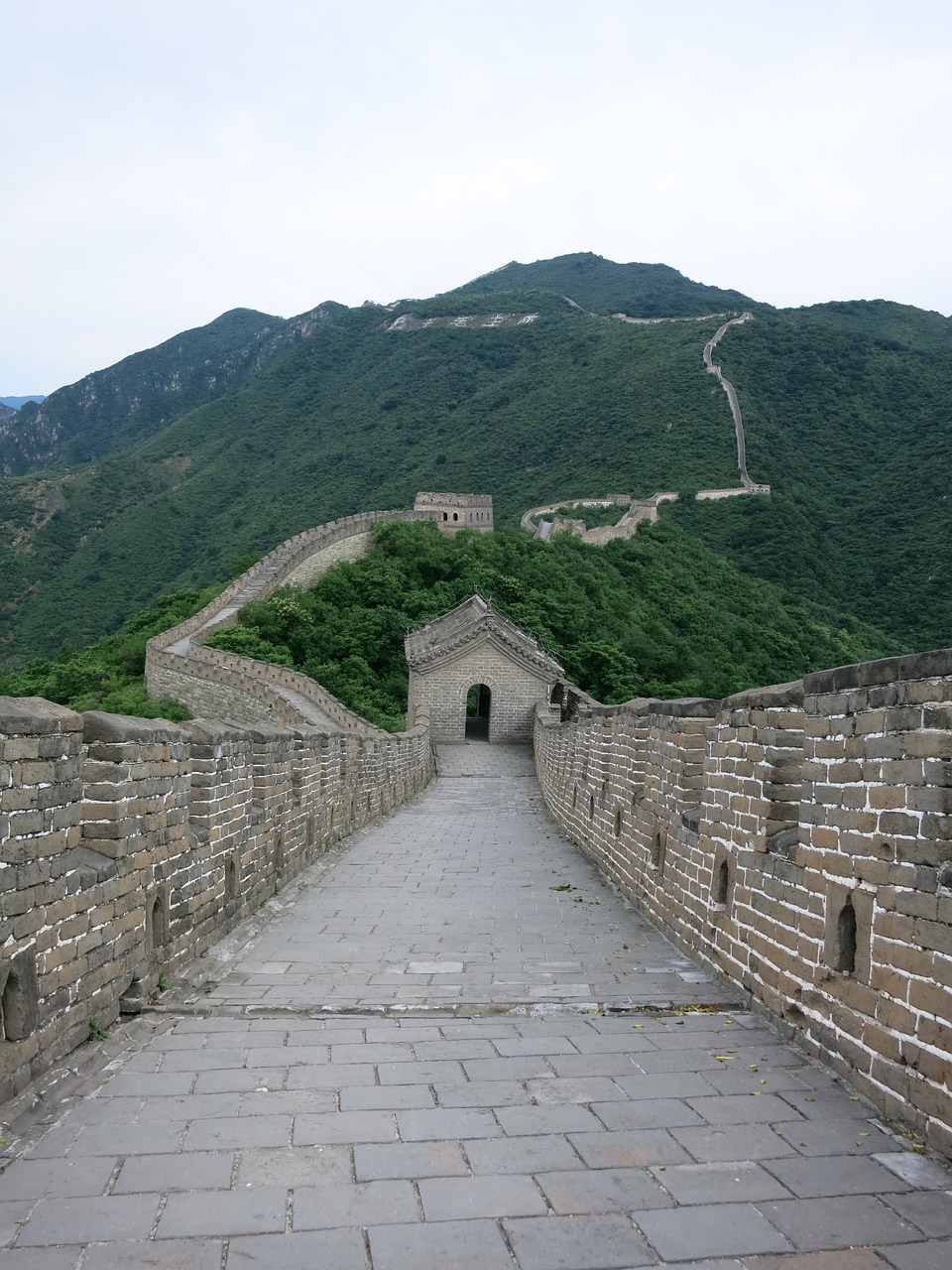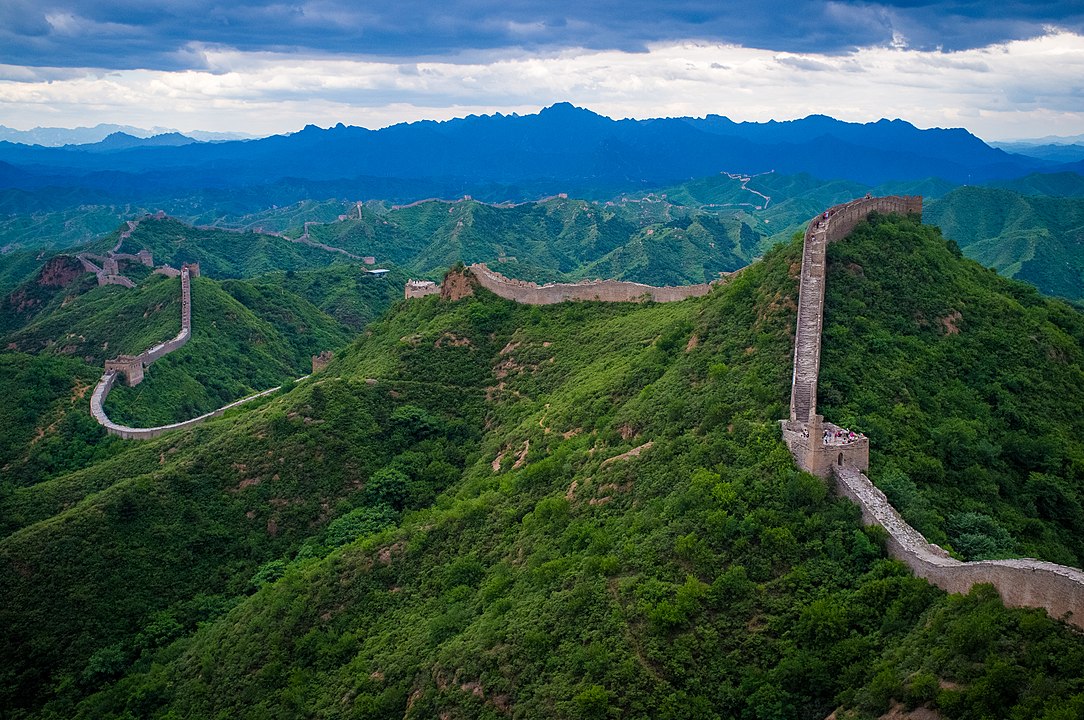Stretching majestically across the landscape of northern China, the Great Wall stands as a testament to human perseverance, engineering prowess, and historical significance. This colossal architectural marvel, often dubbed the “Eighth Wonder of the World,” has captured the imagination of people worldwide for centuries. In this article, we will embark on a journey through time to explore the Great Wall of China, unraveling its fascinating history, architectural splendor, and enduring cultural legacy.
Historical Origins and Purpose
The Great Wall of China has a rich and complex history that dates back over two millennia. Its construction began as early as the 7th century BCE, during the Warring States period. Initially, numerous independent states built walls to defend their territories from invasions. It was during the Qin Dynasty (221-206 BCE) that Emperor Qin Shi Huang connected these walls, laying the foundation for what would later become the Great Wall.
Over the centuries, subsequent dynasties, including the Han, Ming, and Qing, contributed to the expansion, fortification, and renovation of the wall. The primary purpose of the Great Wall was to protect China’s northern border from the invasions of nomadic tribes, most notably the Mongols. It served as a formidable defense system, enabling the Chinese to safeguard their sovereignty, culture, and civilization.

Architectural Marvels
Spanning approximately 21,196 kilometers (13,171 miles), the Great Wall meanders across mountains, valleys, and deserts, traversing diverse landscapes. It is an engineering feat that demonstrates the brilliance of ancient Chinese craftsmanship and engineering techniques.
The wall’s construction involved a meticulous process that utilized a variety of materials, including stones, bricks, wood, and compacted earth. Watchtowers, beacon towers, and fortresses were strategically positioned along its length to provide lookout points, communication centers, and defensive strongholds.
Noteworthy sections of the Great Wall include the Badaling, Mutianyu, and Jinshanling sections, which showcase the wall’s magnificence and attract millions of visitors each year. These sections feature well-preserved walls, imposing watchtowers, and breathtaking panoramic views, offering visitors a glimpse into China’s glorious past.
Cultural and Symbolic Significance
Beyond its architectural grandeur, the Great Wall holds immense cultural and symbolic significance for the Chinese people. It embodies the spirit of unity, resilience, and national pride, reflecting the determination of generations who worked tirelessly to protect their homeland.
The Great Wall has also served as a cultural and economic corridor, facilitating the exchange of ideas, goods, and technologies between different regions. It played a vital role in promoting cultural integration, language dissemination, and the spread of Buddhism during various periods of Chinese history.
Tourism and Preservation
In modern times, the Great Wall of China has become one of the world’s most iconic tourist destinations. Its awe-inspiring beauty, historical allure, and cultural value attract millions of domestic and international visitors annually.
Efforts to preserve and protect the Great Wall have gained significant attention in recent years. Authorities have implemented measures to safeguard the wall’s integrity, combat erosion, and restore damaged sections. This preservation work ensures that future generations can continue to marvel at this exceptional testament to human achievement.

A Timeless Legacy
The Great Wall of China stands as an everlasting testament to human ingenuity, determination, and the indomitable spirit of the Chinese people. Its monumental presence evokes a sense of awe and wonder, reminding us of the power of human ambition and the enduring impact of historical achievements.
As we reflect on the Great Wall’s legacy, we are reminded of the shared heritage of humanity and the ability of monumental structures to transcend time and inspire generations. The Great Wall of China remains an enduring symbol of China’s rich history, an architectural masterpiece that stands as a testament to human creativity and the relentless pursuit of greatness.
